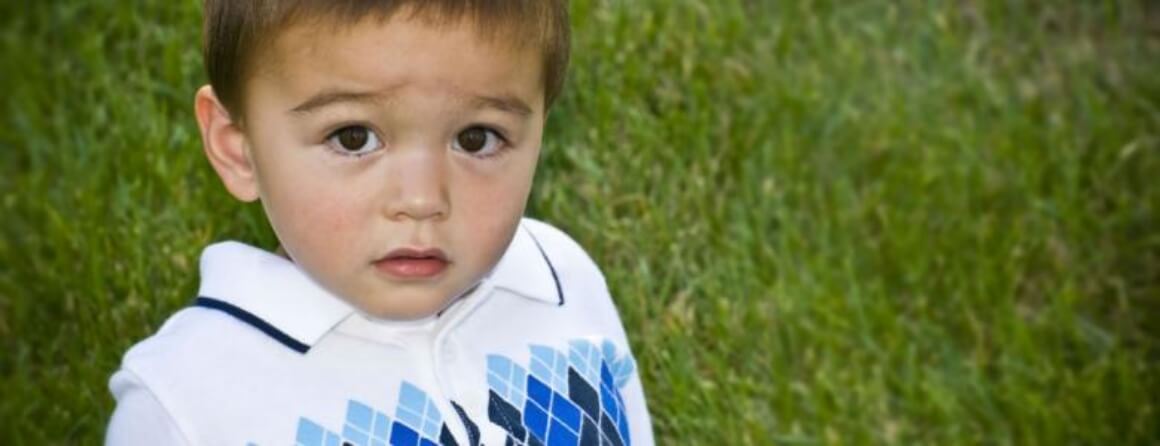Doctors warn of delaying hip surgery for children with cerebral palsy

Many children with cerebral palsy (CP) who pursue alternative therapy options and delay surgery for their hip problems have double the chance of needing more invasive surgery and have far worse outcomes, a study by the Institute has found.
The study, which was published in Developmental Medicine & Child Neurology, followed a group of children over an average of ten years and found all of the children in the study who pursued complimentary or alternative medicine missed the opportunity for preventative hip surgery and required more complex reconstructive or salvage surgery.
Researchers also found even though the children still had the chance to have hip surgery later, they were nine times more likely to have a poor outcome after the surgery compared to children who have the surgery when it is first recommended.
Complementary and alternative medicine is a growing trend in treatment for cerebral palsy due to the incurable nature of the condition. The complementary or alternative therapies that parents of children in the study pursued included hyperbaric oxygen, stem cell treatment, chiropractic treatment and swimming with dolphins.
Lead researcher, Kate Willoughby, said parents needed to be cautious of not missing the opportunity for surgery if it's needed, whilst pursuing other avenues.
"All the children in the study who pursued alternative therapies missed the opportunity for preventative surgery. Whilst they were trying these therapies, the hip problem deteriorated in all of the children - some came very close to their hips dislocating."
"Unfortunately for these kids the surgery was more complicated and invasive than children who have the surgery at the time it is recommended. On top of this, many children had to have more than one operation to try to help their hips."
Co-author Professor Kerr Graham said early detection is vital to better outcomes, and the important message for parents is to stay in touch with their pediatrician or specialist and have regular x-rays, even if they pursue alternative options, to ensure a good outcome.
"Early diagnosis of hip displacement is important because treatment is more successful when children are young. When hips become dislocated and painful, it is very difficult to treat and there are not many options for treatment. If the hip dislocates, the problems that the children will have are terrible and the pain can be difficult to treat."
"We recognise that some parents don't want to consider surgery, especially if it's before their child is in pain. Many parents agree to surgery as a 'last resort', and many choose to try complementary and alternative medicine options first to see if they will help the hips. However, we found in this study that if children miss the opportunity to have the surgery, it resulted in far worse outcomes for the children and more pain long term."
"What we recommend is parents keep in touch with their child's specialist and the children have regular x-rays about every two years- so that if the hip does start to deteriorate the opportunity to have preventative surgery is not missed."
Hip surgery for children with cerebral palsy
Cerebral palsy is the most common cause of childhood disability in Australia. Cerebral palsy occurs in approx one in every 400 births. Many children with CP experience a delay in the development of their physical skills, and many of them never develop the ability to walk by themselves.
Children with cerebral palsy, especially those who cannot walk independently, often need to have surgery for their hips. The 'ball' of the hip can move slowly out of the 'socket' over time and, without treatment, this can lead to the hips dislocating when the children are older.
The aim of doing surgery when children are younger is to prevent the hip from dislocating when they are older. The worse the hip problem becomes, the harder it is to do surgery that is helpful. If left too late, surgery is less likely to help reduce pain and improve movement in the hips.
There are two surgeries that can be done, one lengthens tight muscles, and the other changes the shape of the hips bones. Some children need to have both surgeries; the muscle surgery when they are younger, and the bone surgery when they are older.



